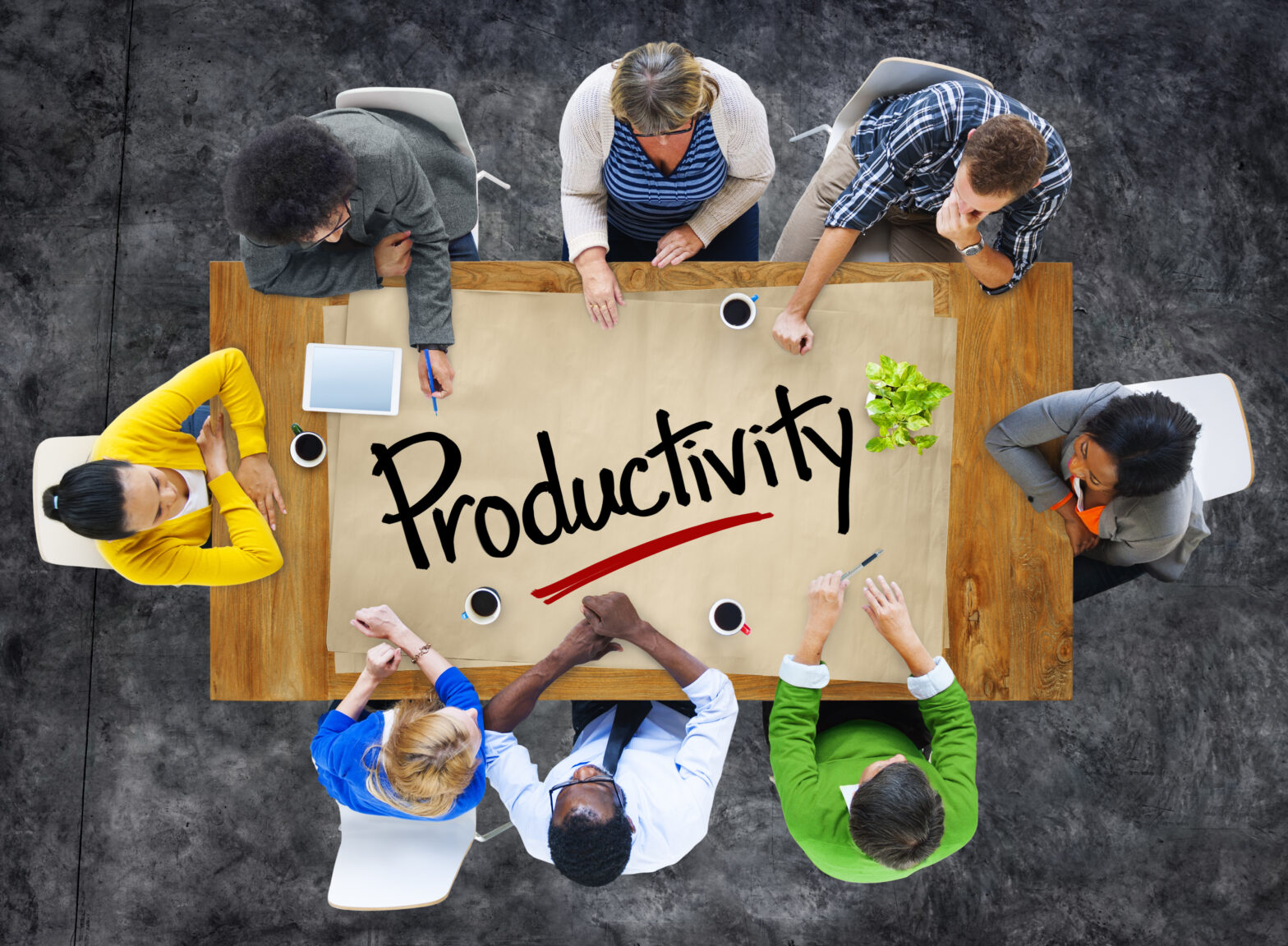If you often find yourself losing your train of thought, or leaving one project to take on another, you’re in good company. You join famous geniuses, including Charles Darwin, Marcel Proust, Anton Chekov, and Franz Kafka, in being easily distracted.
More recently, business magnate Richard Branson and Ikea founder Ingvar Kamprad have embraced their propensity towards distractions.
But if you’re a long way from being the next Branson, you need laser-sharp mental focus to grow your business.
Give these six steps a try to boost productivity:
- When in doubt, edit
- Pick one thing at a time
- Choose your best time of day
- Take breaks (or risk burnout)
- Refocus after your breaks
- Tweak the task
1. When in doubt, edit!
You might feel that you’re getting organised when you have everything you want to achieve on your to-do list, but the truth is that the longer your list, the less motivation you’ll have actually get things done.
Most productive people say that there are two things to do to stay motivated and productive: write down three of your most important tasks the night before and consider them done.
The following day, revisit your list and make sure you get those tasks done. If you find yourself listing more than three things on your list, pause and evaluate your priorities.
Don’t include chores or errands on the list; just what you intend to get done during the working day.
Be realistic of how much you can do the best of your ability, and don’t get hung up on things that may not get done–there’s always tomorrow.
2. Pick one thing at a time
Many entrepreneurs may be self-professed multitaskers, but science suggests we are just not designed to do more than one thing at a time well.
It’s hard not to multitask, given all the things we have to do in the working day, not to mention the multiple streams of information coming at us every second, from social media updates to email clutter.
Some of you reading this may think this doesn’t apply to you. You may even be reading this while on a call with your supplier during lunch while reviewing your company’s new marketing campaign.
To a small degree, everyone can multitask. We can walk and talk at the same time, can’t we? But we’re only successful at multitasking if the tasks are simple or routine enough that we don’t actively need to think about them.
As far as science is concerned, humans are a one-task-a-time bunch. If your to-do list looks foreboding, review which tasks can be broken up into smaller tasks, which are the more complex tasks that you’ve traditionally struggled with, and which are routine.
Chances are, the task you find the most challenging may be the one you struggle to focus on.
“If you eat a frog first thing in the morning that will probably be the worst thing you do all day.”– Mark Twain
Following Mark Twain’s famous quote on beating procrastination, Brian Tracy, author of Eat That Frog, encourages taking on the toughest task first.
Your other tasks won’t seem so bad after taking the big one on. If your attention starts to waver, take a break.
The task at hand just may be too big for one person to do in one day.
3. What is your best time of day?
Ever hear of morning larks or night owls? People are at their best at different times of the day.
Find out when you feel most focussed, energetic and less prone to a wandering mind. Use that time to eat the frog.
When your energy is at its lowest, or you find yourself making excuses to do anything but work, it may be best to either give in and take a break, or take on rote tasks you could do with your eyes closed!
4. Take breaks (or risk burnout)
It’s only normal for fatigue to set in when you’re ploughing through paperwork, or even brainstorming (an energy intense activity as far as our brains are concerned).
Studies show that when people take a short break they literally recharge their minds and recalibrate their feelings towards the tasks at hand.
Taking mini-breaks throughout the day is rooted in our human physiology. Scientists refer to the onset of burnout as part of our “ultradian rhythm”.
This refers to 90- to 120-minute cycles during which our bodies slowly move from a high-energy state into a slump.
Towards the end of each cycle, the body begins to crave a period of rest to recover, which could explain sudden bouts of yawning, knuckle-cracking, foot-tapping, and difficulty concentrating.
While it’s tempting to ignore your body’s signs for a break, even a five-minute break can do wonders in recharging your energy reservoir, helping you work with a better attitude for longer.
5. Refocus after your breaks
Revisit your handy to-do list and ease yourself back into work. If you find it difficult to get back into the flow of things, start slow and rebuild that momentum again.
Research into breathing and mindfulness reveals that a few counts of deep breathing can help centre even the most restless of minds.
Simply count sets of ten inhales through the nose and ten exhales through the mouth throughout the day.
Remember to sit straight to get the maximum benefit of having increased oxygen flow throughout your body.
6. Tweak the task
After all of this, if you still find yourself losing focus, you may need to rejig the task.
We’re complex creatures who require mental and physical stimulation. If your task is too easy, it’s easy to lose focus. At the same time, if your task is too hard, our subconscious mind may see that as a less efficient use of our energy, prompting us to mentally check out.
Set a personal time-limit for easy tasks to make them more challenging, and downsize difficult tasks to make them easier to take on.
Give yourself a mini-reward for doing tasks that are most distracting. It may help you stay on track if there’s something to look forward to.







